Got Sun?
Got Sun?
200 Best Native Plants for Your Garden
CAROLYN HARSTAD
PHOTOGRAPHS BY CAROLYN HARSTAD
DRAWINGS BY JEAN VIETOR

INDIANA UNIVERSITY PRESS
BLOOMINGTON & INDIANAPOLIS
This book is a publication of
Indiana University Press
601 North Morton Street
Bloomington, Indiana 47404-3797 USA
iupress. indiana. edu
Telephone orders 800-842-6796
Fax orders 812-855-7931
2013 by Carolyn A. Harstad
All rights reserved
No part of this book may be reproduced or utilized in any form or by any means, electronic or mechanical, including photocopying and recording, or by any information storage and retrieval system, without permission in writing from the publisher. The Association of American University Presses Resolution on Permissions constitutes the only exception to this prohibition.
 The paper used in this publication meets the minimum requirements of the American National Standard for Information Sciences-Permanence of Paper for Printed Library Materials, ANSI Z39.48-1992.
The paper used in this publication meets the minimum requirements of the American National Standard for Information Sciences-Permanence of Paper for Printed Library Materials, ANSI Z39.48-1992.
MANUFACTURED IN THE UNITED STATES OF AMERICA
Library of Congress Cataloging-in-Publication Data
Harstad, Carolyn.
Got sun?: 200 best native plants for your garden / Carolyn Harstad; photographs by Carolyn Harstad; drawings by Jean Vietor.
p. cm.
Includes index.
ISBN 978-0-253-00931-9 (pb: alk. paper) ISBN 978-0-253-00940-1 (eb) 1. Native plants for cultivation. 2. Native plant gardening. I. Title. II. Title: 200 best native plants for your garden.
SB439. H37 2013
635.951dc23
2012047302
1 2 3 4 5 18 17 16 15 14 13
A good head and
a good heart are
always a formidable
combination.
Nelson Mandela
Dedicated with love to Peter
my husband,
my confidant,
and my best friend
Contents
If you are working on something exciting that you really care about, you dont have to be pushed. The vision pulls you.
Steve Jobs
Preface
HOW CAN THIS BOOK HELP YOU BE A BETTER GARDENER?
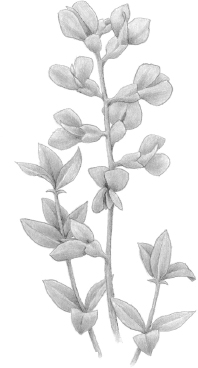
Baptisia
My goal for Got Sun? is to show urban and suburban gardeners how easy it is to use native plants in the sunny areas of the yard. Here are descriptions of approximately 200 native plants, their hybrids, and cultivars that will grow in the suburbsor in the city for that matter and that love sun.
This book is organized with the same questionanswer format and Suggested Plant listings that readers told me they appreciated in Go Native! The plants described are my personal favorites. Some of them may not work for you, but at least they will get you thinking. They are arranged from smallest to largest with commentary on bloom times and seasonal interest. Additional notes address zone hardiness, mature size, deer resistance, rain garden (for appropriate choices) planting requirements, and propagation.
Catalogs and plant lists from commercial nurseries and garden centers in and around my Twin Cities home include most of the selections presented here and many of the cultivars. If you live in a less metropolitan area and cannot locate them at your local garden center, encourage the owner to order and stock some native plants. Many native-plant nurseries ship plants. If all else fails, go online to order them.
Botanical names and common names appear side by side, not to confuse or intimidate, but to provide specifics to guarantee that what you want is what you get. In some cases, two plants can have the same common name. The botanical name identifies one specific plant and no other. These names, usually found within parentheses, are printed in italics to indicate the words are foreign, generally Latin or Greek. Each botanical name consists of two words. The Genus is always first and is always capitalized. Genus identifies closely related plants. For example, the genus name for Maple trees is Acer (pronounced A-sir). The species epithet always begins with a small letter and identifies a specific subclass of the genus. There are over 100 species of Maple, including Red Maple, Sugar Maple, and Black Maple, so if a gardener wants a Red Maple, the nursery will provide the accurate tree when Acer rubrum is requested. The word rubrum is pronounced rue bruhm and simply means red. Common and botanical names are both listed in the index.
Various species of native trees, shrubs, perennials, ferns, grasses, vines, and ground covers love the sun. Some will also do fine in shadier areas. A chapter about rain gardens addresses the latest hot gardening topic and will show you how rain gardens can benefit not only your own property but also the environment. I hope to help you gather ideas for foundation plantings, native selections along the property line, and information on the values of privacy biohedges.
This book will accomplish its purpose if it motivates you to plant some natives. Learn about their history. Google them, look at photographs, and decide which ones to bring into your life. Think about native plants that will zing in the sunny parts of your garden throughout the season. Get passionate and go nativeand have fun while youre at it!
Friends have all things in common.
Plato
Acknowledgments
I want to pay tribute to my Indianapolis friend, the late Bill Brink. I miss his friendship, his extensive knowledge and his incredible wisdom. He ignited my passion for native plants.
A special thank you to two good friends and wildflower enthusiasts: To Jean Vietor who did the exquisite drawings. I stand in awe of her artistic talent and will be forever grateful for her hours and hours of work. And to Bobbi Diehl, my copy editor, who tightened up my prose to make it all more readable. Thank you, Jean and Bobbi. I cherish our friendship.
Thanks to my editor, Linda Oblack, who encouraged me to write this book. Also to the staff of the Indiana University Press for their help and expertise.
Thanks to Marty Rice who encouraged me to join Wild Ones when we moved to Minnesota. She is a true believer in natives and shares my passion. I learned much while working with fellow members Roberta Moore and Mary Schommer on a Minnesota Science Museum grant. One of our goals was to encourage nurseries and garden centers to sell native plants. We whooped for joy when the 2012 Bachman Nursery Catalog came out with an entire section dedicated to natives.
Thanks to Mike Isensee and Chris Coudron, Dakota County Soil and Water Conservation District, for their concise rain garden and filtration basin instruction. Thanks also to Heritage Lutheran Church members Jane Fahning, Chris Nicolay, Brad and Tim Oachs, Barb Johnson, and Maria Reedstrom, who planted two filtration basins and weeded them. Other Heritage members volunteered to adopt a space to keep the landscaping in pristine condition. I appreciate their help. Special thanks to Pastor Karl Anderson for his work in the courtyard.
My Master Gardener friends are invaluable. Thanks to Cheryl and Dan Forrest and Dave Olson. We discuss native plants and gardening as we travel to meetings. Shari Mayer provided detailed instructions for winter seeding jugs. I enjoy working and learning with Judy Erickson and Faith Applequist. The visit to Trish Johnsons garden was a real plus. You will see Trishs gardening and landscaping expertise in some of my photographs.


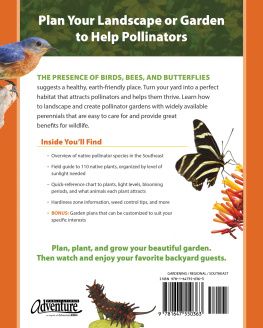

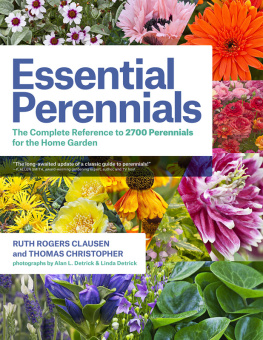
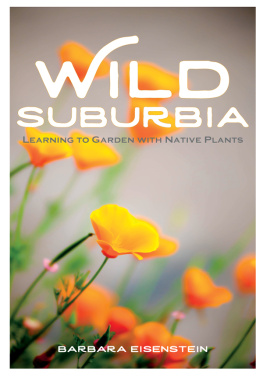
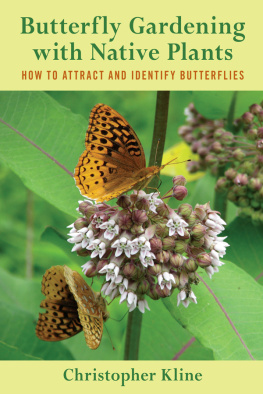
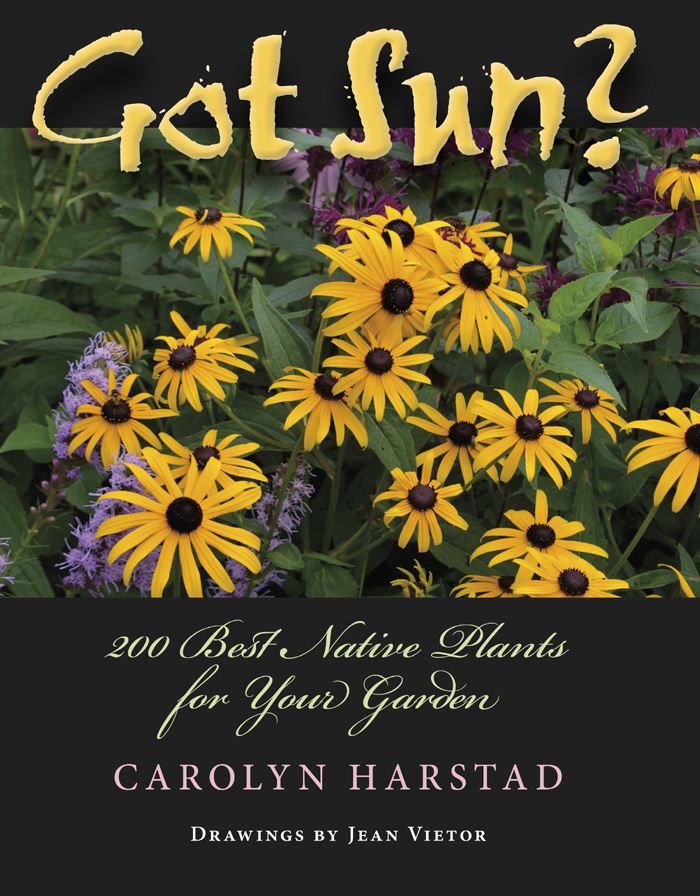

 The paper used in this publication meets the minimum requirements of the American National Standard for Information Sciences-Permanence of Paper for Printed Library Materials, ANSI Z39.48-1992.
The paper used in this publication meets the minimum requirements of the American National Standard for Information Sciences-Permanence of Paper for Printed Library Materials, ANSI Z39.48-1992.